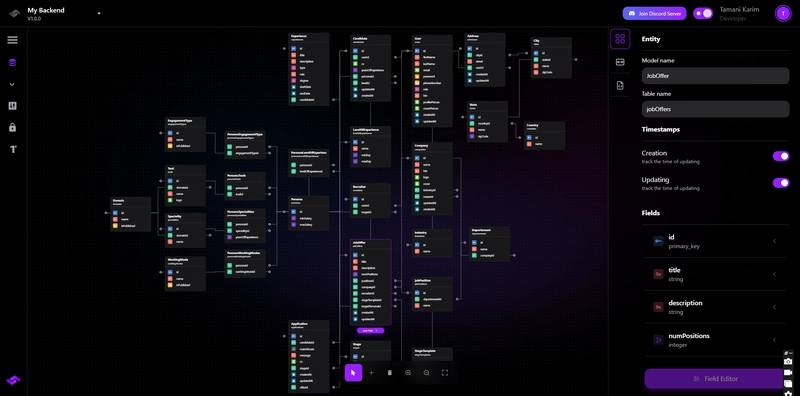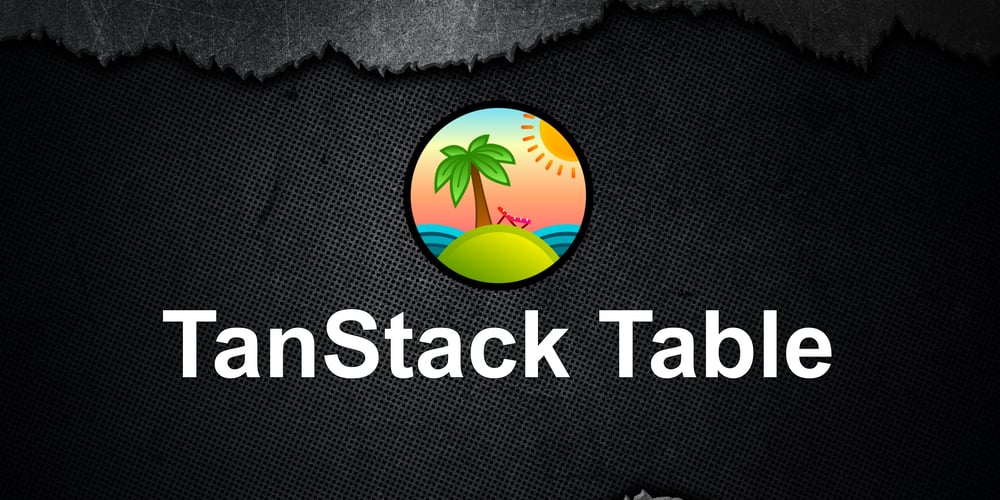A Quick, Simple Guide to Building a Chatbot with JavaScript and Node.js
Chatbots have become essential tools for businesses and developers looking to automate customer interactions and provide instant support. In this post, we'll walk through creating a simple chatbot using JavaScript, Node.js, and a serverless architecture. Why Build a Chatbot? Developing your own chatbot allows you to explore: Conversational UI design – Understanding how users interact through chat interfaces. Serverless computing – Using cloud functions for scalable, cost-effective solutions. Natural Language Processing – Implementing basic intent recognition and responses. Prerequisites Before getting started, ensure you have: A GitHub account for version control. Node.js installed on your computer. Basic knowledge of JavaScript. Step 1: Setting Up Your Project Create a new directory for your project: mkdir simple-chatbot Navigate to the directory: cd simple-chatbot Initialize a new Node.js project: npm init -y Install necessary packages: npm install express body-parser axios dotenv Step 2: Creating the Basic Server Create an index.js file in your project directory: const express = require('express'); const bodyParser = require('body-parser'); require('dotenv').config(); const app = express(); const PORT = process.env.PORT || 3000; // Middleware app.use(bodyParser.json()); app.use(express.static('public')); // Routes app.post('/api/message', (req, res) => { const userMessage = req.body.message; const response = processMessage(userMessage); res.json({ reply: response }); }); function processMessage(message) { message = message.toLowerCase(); if (message.includes('hello') || message.includes('hi')) { return "Hello there! How can I help you today?"; } else if (message.includes('help')) { return "I can answer questions about our services, products, or provide support. What do you need?"; } else if (message.includes('bye')) { return "Goodbye! Feel free to chat again if you need assistance."; } else { return "I'm still learning. Could you rephrase that or ask something else?"; } } app.listen(PORT, () => { console.log(`Server running on port ${PORT}`); }); Step 3: Building the Frontend Interface Create a public folder in your project directory and add an index.html file: Simple Chatbot body { font-family: Arial, sans-serif; max-width: 600px; margin: 0 auto; padding: 20px; } #chat-container { height: 400px; border: 1px solid #ccc; overflow-y: scroll; padding: 10px; margin-bottom: 10px; } #user-input { width: 80%; padding: 8px; } button { padding: 8px 15px; } .user-message { text-align: right; color: #0084ff; margin: 5px 0; } .bot-message { text-align: left; color: #333; margin: 5px 0; } Simple Chatbot Send const chatContainer = document.getElementById('chat-container'); const userInput = document.getElementById('user-input'); function addMessage(message, isUser) { const messageDiv = document.createElement('div'); messageDiv.className = isUser ? 'user-message' : 'bot-message'; messageDiv.textContent = message; chatContainer.appendChild(messageDiv); chatContainer.scrollTop = chatContainer.scrollHeight; } function sendMessage() { const message = userInput.value.trim(); if (message === '') return; addMessage(message, true); userInput.value = ''; fetch('/api/message', { method: 'POST', headers: { 'Content-Type': 'application/json' }, body: JSON.stringify({ message }) }) .then(response => response.json()) .then(data => { addMessage(data.reply, false); }) .catch(error => { console.error('Error:', error); addMessage('Sorry, there was an error processing your request.', false); }); } userInput.addEventListener('keypress', (e) => { if (e.key === 'Enter') sendMessage(); }); // Welcome message addMessage('Hi! I\'m your chatbot assistant. How can I help you today?', false); Step 4: Deploy and Test Run your application locally: node index.js Open your browser and visit http://localhost:3000 Interact with your chatbot by sending messages Enhancing Your Chatbot Add intent recognition: Implement a more robust NLP system using libraries like natural.js Connect to external APIs: Add weather forecasts or news updates Implement user sessions: Store conversation history for context-aware responses Deploy to cloud: Use services like Heroku, Vercel, or AWS for public access Conclusion Building a chatbot with JavaScript and Node.js is a straightforward way to explore conversational interfaces. This simple implementation can be expanded into a powerful tool with additional features and integrations.

Chatbots have become essential tools for businesses and developers looking to automate customer interactions and provide instant support. In this post, we'll walk through creating a simple chatbot using JavaScript, Node.js, and a serverless architecture.
Why Build a Chatbot?
Developing your own chatbot allows you to explore:
- Conversational UI design – Understanding how users interact through chat interfaces.
- Serverless computing – Using cloud functions for scalable, cost-effective solutions.
- Natural Language Processing – Implementing basic intent recognition and responses.
Prerequisites
Before getting started, ensure you have:
- A GitHub account for version control.
- Node.js installed on your computer.
- Basic knowledge of JavaScript.
Step 1: Setting Up Your Project
- Create a new directory for your project:
mkdir simple-chatbot - Navigate to the directory:
cd simple-chatbot - Initialize a new Node.js project:
npm init -y - Install necessary packages:
npm install express body-parser axios dotenv
Step 2: Creating the Basic Server
Create an index.js file in your project directory:
const express = require('express');
const bodyParser = require('body-parser');
require('dotenv').config();
const app = express();
const PORT = process.env.PORT || 3000;
// Middleware
app.use(bodyParser.json());
app.use(express.static('public'));
// Routes
app.post('/api/message', (req, res) => {
const userMessage = req.body.message;
const response = processMessage(userMessage);
res.json({ reply: response });
});
function processMessage(message) {
message = message.toLowerCase();
if (message.includes('hello') || message.includes('hi')) {
return "Hello there! How can I help you today?";
} else if (message.includes('help')) {
return "I can answer questions about our services, products, or provide support. What do you need?";
} else if (message.includes('bye')) {
return "Goodbye! Feel free to chat again if you need assistance.";
} else {
return "I'm still learning. Could you rephrase that or ask something else?";
}
}
app.listen(PORT, () => {
console.log(`Server running on port ${PORT}`);
});
Step 3: Building the Frontend Interface
Create a public folder in your project directory and add an index.html file:
lang="en">
charset="UTF-8">
name="viewport" content="width=device-width, initial-scale=1.0">
</span>Simple Chatbot<span class="nt">
Simple Chatbot
id="chat-container">
type="text" id="user-input" placeholder="Type your message...">
onclick="sendMessage()">Send
Step 4: Deploy and Test
- Run your application locally:
node index.js - Open your browser and visit
http://localhost:3000 - Interact with your chatbot by sending messages
Enhancing Your Chatbot
- Add intent recognition: Implement a more robust NLP system using libraries like natural.js
- Connect to external APIs: Add weather forecasts or news updates
- Implement user sessions: Store conversation history for context-aware responses
- Deploy to cloud: Use services like Heroku, Vercel, or AWS for public access
Conclusion
Building a chatbot with JavaScript and Node.js is a straightforward way to explore conversational interfaces. This simple implementation can be expanded into a powerful tool with additional features and integrations.












































































































































































![[The AI Show Episode 142]: ChatGPT’s New Image Generator, Studio Ghibli Craze and Backlash, Gemini 2.5, OpenAI Academy, 4o Updates, Vibe Marketing & xAI Acquires X](https://www.marketingaiinstitute.com/hubfs/ep%20142%20cover.png)


























































































































![[FREE EBOOKS] The Kubernetes Bible, The Ultimate Linux Shell Scripting Guide & Four More Best Selling Titles](https://www.javacodegeeks.com/wp-content/uploads/2012/12/jcg-logo.jpg)



![From drop-out to software architect with Jason Lengstorf [Podcast #167]](https://cdn.hashnode.com/res/hashnode/image/upload/v1743796461357/f3d19cd7-e6f5-4d7c-8bfc-eb974bc8da68.png?#)







































































































.png?#)





.jpg?#)






























_Christophe_Coat_Alamy.jpg?#)







































































































![Rapidus in Talks With Apple as It Accelerates Toward 2nm Chip Production [Report]](https://www.iclarified.com/images/news/96937/96937/96937-640.jpg)









































































































































